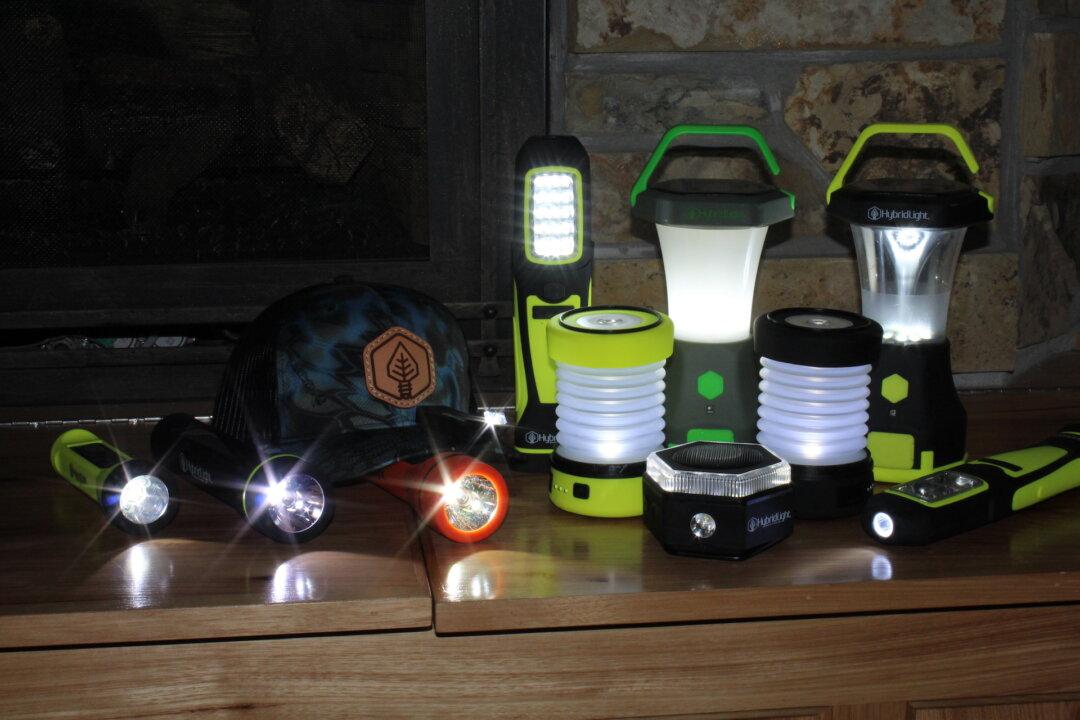As the heat of summer begins to abate, thoughts turn to a trip to Rocky Mountain National Park to see the aspen leaves begin to turn and “quake,” a visit to the old alma mater, or maybe tying in a side trip with an upcoming business trip. Depending on the distance between home and the chosen destination, flying or taking a train might be an option. But if the schedule allows, a road trip adds the allure of seeing the sights along the way up close and personal instead of as a passing blur.
Planning the Route
A good place to start is with a large, old-school road map spread out on a table to consider where to go and how to get there. Avoiding the interstates in favor of two-lane highways, also known as “blue highways,” makes the trip take longer but provides a view of small-town America that most never see. For many, this is as close to a road trip as they may get, as work or family obligations make actually taking the trip not feasible at this particular time, but the fun of plotting routes makes it a worthwhile exercise.
When considering a driving adventure, the most important factor is time; trying to rush from Point A to Point B while adding in multiple side trips along the way often ends in running out of time. Experienced road trippers will allow an extra day or two to make sure they have ample time to discover where a side road leads, or to spend more time exploring an unexpectedly delightful town.






